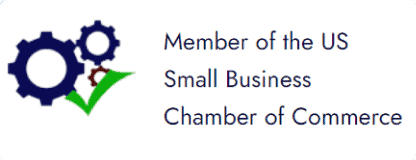Household employer payroll: The ultimate guide for nanny tax and the household employer

Household employer payroll: The ultimate guide for nanny tax and the household employer Nanny payroll is quite confusing and especially for the first time household employer. But why do we need to know about nanny payroll? We can all agree that finding time to balance our numerous responsibilities isn’t easy. Between work, shuffling kids to and […]
Top Paycheck Protection Program FAQs and Key PPP Updates

Small businesses are looking for answers to their top paycheck protection program FAQs (frequently asked questions). And now that this Second Paycheck Protection Program has already launched, The SBA is trying to provide guidance on the Economic Aid to Hard-Hit Small Businesses, Nonprofits and Venues Act. The PPP Loan Program began it’s second round of […]



